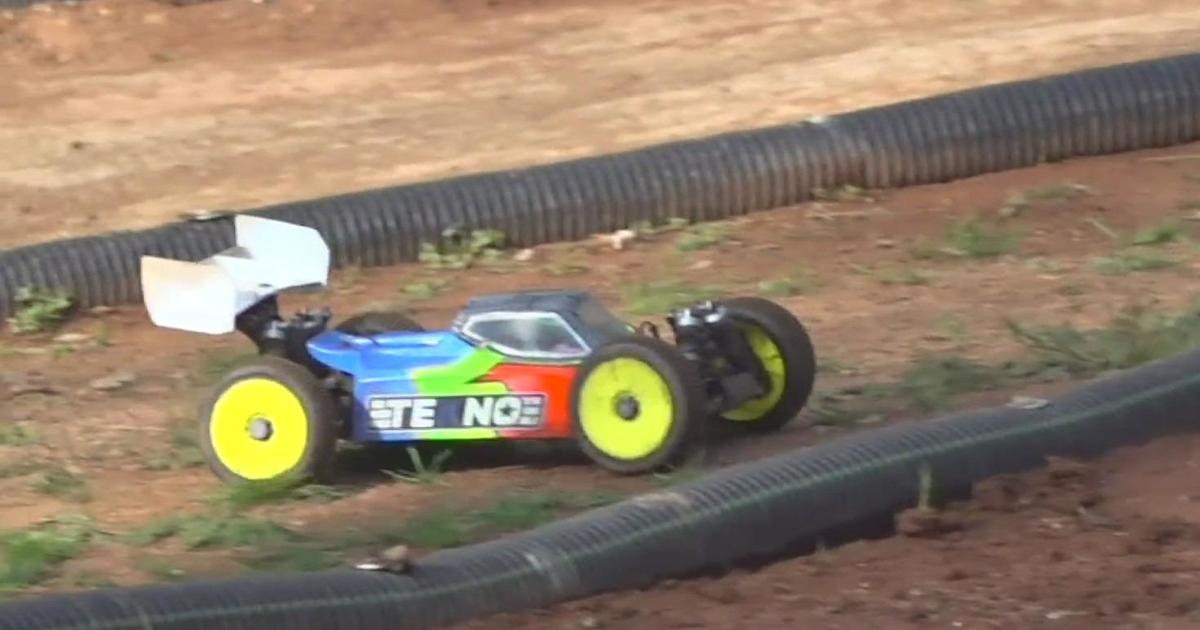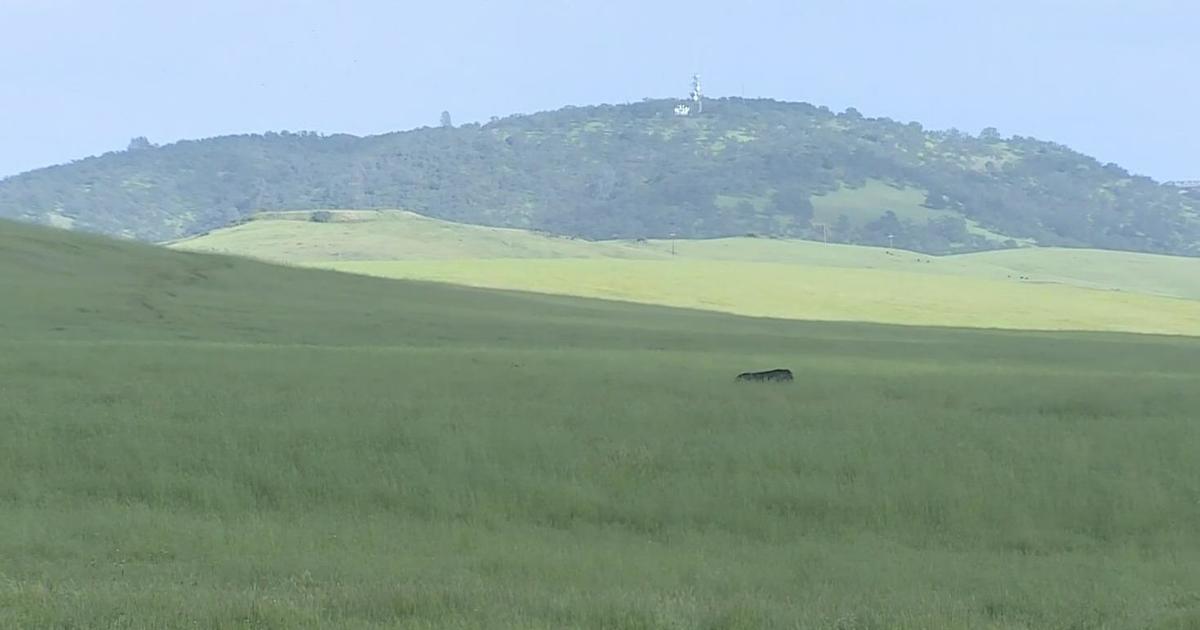California's Crescent City Attracts Tsunamis
CRESCENT CITY, Calif. (AP) -- Since the tidal gauge was installed in the boat basin in 1934, this small port on California's rugged northern coast has been hit by 34 tsunamis, large and small.
The latest on Friday took one life about 20 miles to the south at the mouth of the Klamath River, where a young man was on the beach with friends taking pictures. The waves also roared into the boat basin here, ripping up docks, sinking 11 boats and damaging 47, causing untold millions of dollars in damage, authorities said.
"Crescent City is what I call a tsunami magnet," said Lori Dengler, professor of geology and chair of the Geology and Oceanography departments at Humboldt State University.
"When you look at the contiguous 48 states, there is no question that Crescent city has had more damage, and typically has the highest water levels recorded at any West Coast site, no matter where it comes from -- whether it comes from Chile, or Alaska or Japan," she said.
Chris Goldfinger, professor of marine geology and ocean geophysics at Oregon State University, agreed.
"Crescent City gets hammered time and time again because the basic configuration of the place never changes," he said in an e-mail. "The harbor is very small, so the waves are trapped inside and bounce around, making a chaotic flow inside as more waves arrive and do the same thing, adding to the mess. Other larger harbors tend to absorb the energy."
One factor that saved the port from even more damage was that the surge hit at low tide, keeping it within the confines of the breakwalls around the harbor, Dengler said.
A network of deep-sea warning sensors alerted the whole West Coast hours in advance before the surges from the 8.9 earthquake off Japan hit here on Friday morning.
The town wasn't forewarned on Good Friday, 1964, when a huge earthquake in Alaska's Prince William Sound sent a bigger surges down the coast. They killed 11 people and wiped out 29 city blocks.
Lee Wilson recalls seeing his dad's fishing boat, the Gold Coast, tossed on the harbor breakwall like a toy to sit high and dry. There was no boat basin then, no docks. Wilson's dad repaired the boat, and Wilson still fishes it. But he had the engine out for an overhaul when this tsunami hit, and couldn't take it out to sea. Tucked in a sheltered corner of the boat basin, it rode out the surges, and just missed being slammed by the harbor dredge when it broke loose.
Tsunamis are different than storm seas, Dengler said. A storm wave is generated by the wind, and is only moving the top of the water column. A tsunami is generated by an upheaval on the ocean floor and the force extends from the surface to the ocean floor, even if the water is thousands of feet deep.
This tsunami was generated by one tectonic plate slipping violently underneath the other in a zone 350 miles long and 150 miles wide, Dengler said. The wave raced across the ocean at the speed of a jet airplane, 500 to 600 mph, crossing the Pacific.
To a ship at sea, it was not even noticeable. Three to four feet high. A bump in the ocean. As it moved east, the energy bounced off a huge underwater ridge extending out from Mendocino, deflecting part of it toward Crescent City. The deflection slowed the wave, making it a little higher.
Moving into shallower water, the energy built even more. It was focused again by the half-moon shape of the bay. The first surges to hit the shore were small. Bouncing back, they made the next surges bigger. When the biggest of the surges hit the tidal gauge, it measured 8.1 feet, Dengler said.
That bouncing amplification is what caught Dustin Weber at the mouth of the Klamath River. He and two friends thought the tsunami was over after the first surge, his family said. He was caught in a bigger surge that hit a couple hours later. His body has not been found.
The word tsunami is Japanese for harbor wave, and many times the worst physical damage comes once the waves enter the confines of a harbor, said Costas Synolakis, professor of civil and environmental engineering and director of the Tsunami Research Center at the University of Southern California.
After the 1964 tsunami, Crescent City built a rectangular boat basin. It is great at sheltering boats from stormy seas, but actually makes the effects of the tsunami worse, Dengler said.
"It looks like what happens if you hit a drum," Synolakis said. "You create waves with just one hit to it, but the drum keeps vibrating. What that means is it takes a couple waves to come in. Then you set up these back and forth waves inside the harbor that end up reinforcing each other. Crescent City took about 36 hours for the oscillation to die down."
Another set of oscillations is created by the waves bouncing off the Continental Shelf, he said.
Synolakis hopes that if scientists can understanding the oscillations better, they can design harbors so the water bounces around less.
"What we are realizing in California is if we have tsunamis coming from far away, we are not going to see huge waves of the size we saw in Japan," he said. "But we are going to have these very strong currents that essentially destroy the ports."
"Misty Bob" Page saw the effects firsthand on Friday. Not wanting to spend the day on the ocean riding out the tsunami, he kept his boat, Misty Anne, in the boat basin. The tsunami roared in, one wave after another. His boat was torn loose, and flung about. He and a friend fended off other boats. They managed to duck into another slip and tie up, riding out surges that continued through the night.
"By the time I decided I'd better leave, there was this big wall of water coming in and I couldn't," Page said.
(Copyright 2011 by The Associated Press. All Rights Reserved.)



